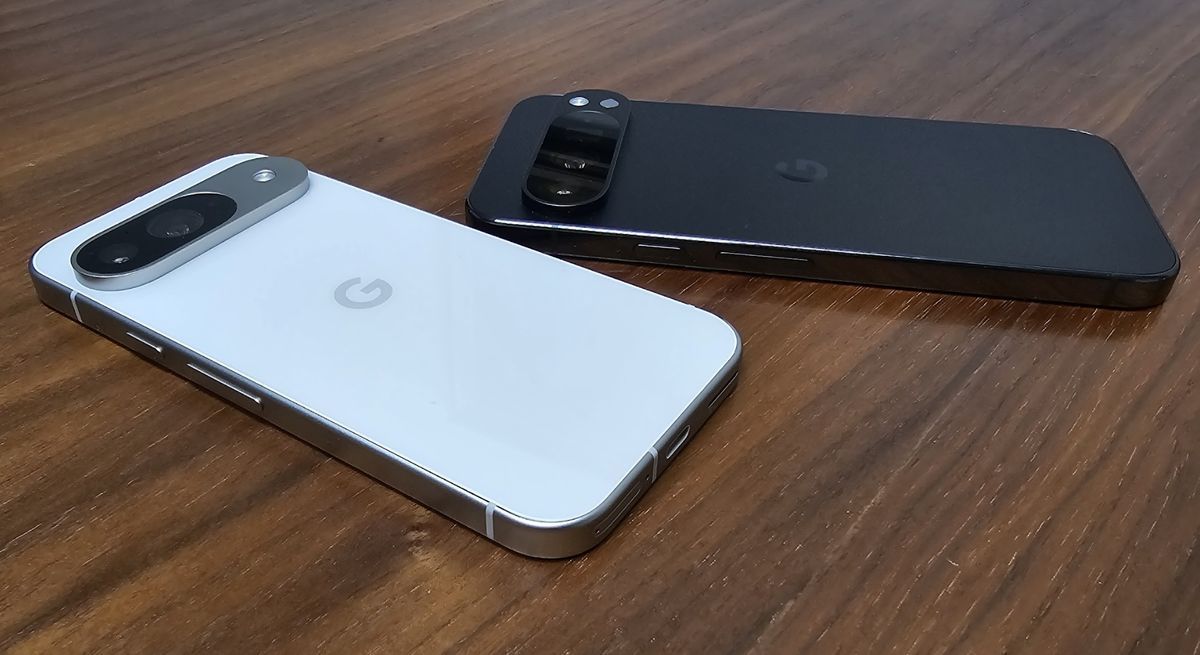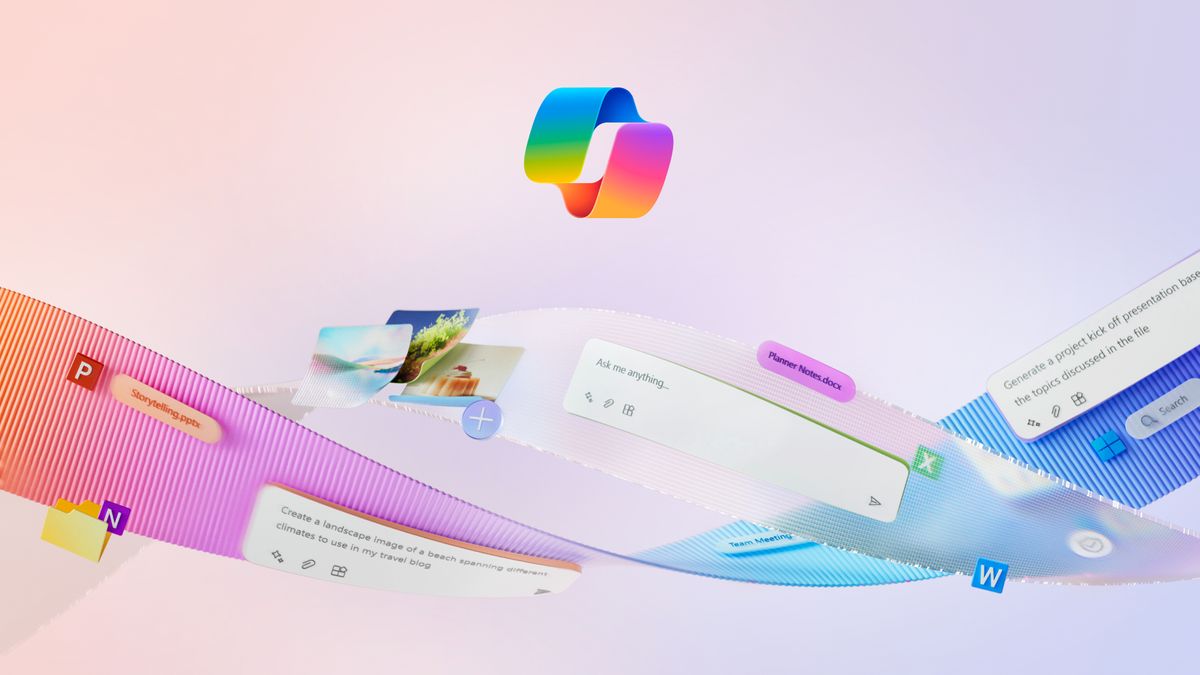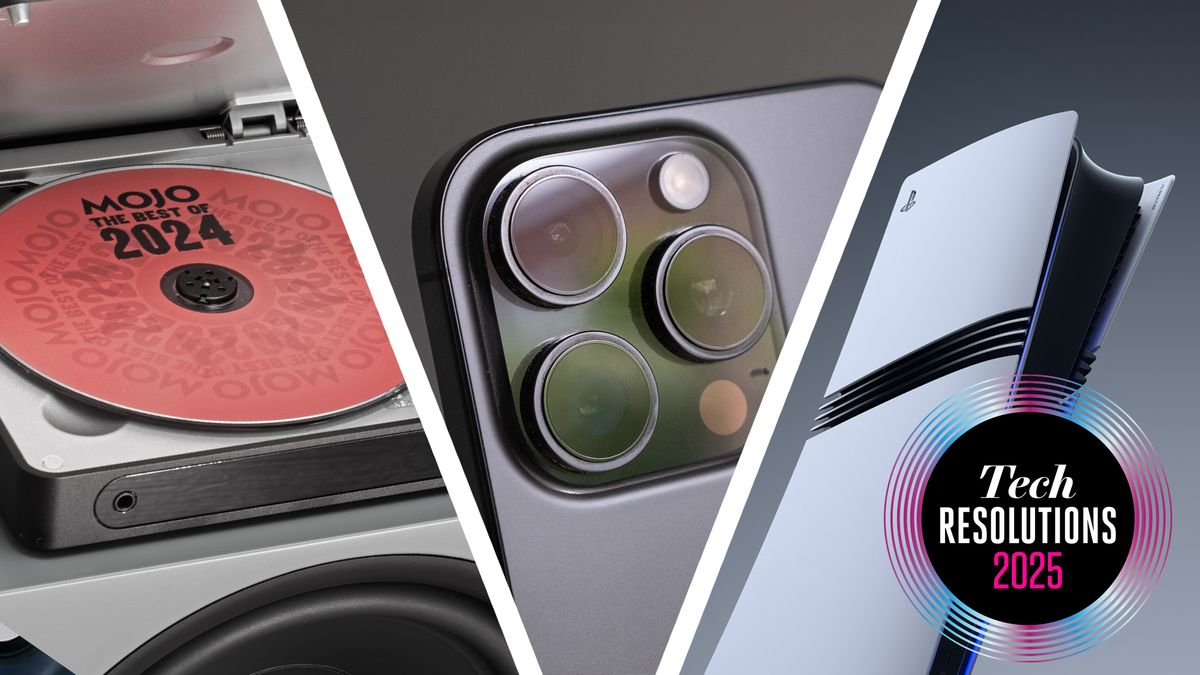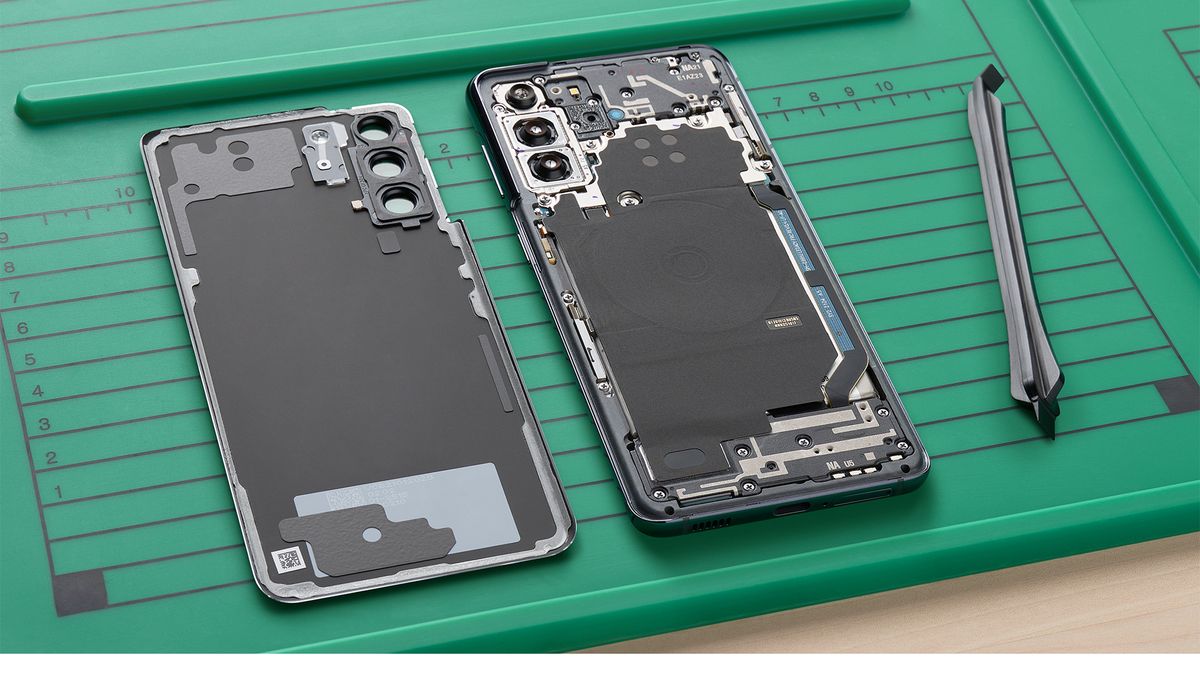It's hard to get out of the Apple ecosystem. Sure, many people find it a comfortable place to be, as Apple offers an exceptionally well-designed interface and user experience, but for those who want a little more from a device (particularly better compatibility with Windows devices and a wider variety of apps), Android is there for you… if you can deal with Android. Fortunately, Google offers the ultimate Apple detox.
In 2022, I traded in my iPhone 12 Mini for the Google Pixel 6a and absolutely loved it. I instantly fell in love with the variety of Google apps and the user experience that Google offers. The search giant completely mastered the ins and outs of a competitive Android experience, backed up by a refresh of the range with the Pixel 6 phones from the previous year. It’s no surprise that I liked the phone so much; while Samsung and Oppo are competitive rivals when it comes to performance and stats, Google focused on user experience and mastering the camera.
And in my opinion, this remains the secret sauce of the Google Pixel range, which I have rediscovered with the Google Pixel 9 Pro XL. Samsung phones are great and the Samsung Galaxy S24 Ultra remains my personal phone for its immense performance. However, the Google Pixels are the best iPhones that are not made by Apple.
Want to leave Apple? Start with a Pixel
Using the Google Pixel 9 Pro XL over the past week has been fantastic. Google phones remain the easiest Android devices to get used to, with no unnecessary bloatware on top of the operating system. The bloatware issue remains an annoying drawback for phones from, say, Oppo and Asus, and to a lesser extent, Samsung.
Instead of a huge variety of apps from a wide range of developers, Google is sticking to its own internally developed apps and nothing else until you get into the Play Store. The company already has the best maps app in the world, along with what I would consider the best cloud-based driving and photos app, so those bases are well covered.
For many Android phones, the setup is a complicated combination of Google-linked services and services tied to the phone manufacturer. Many of the apps I have available on my Samsung Galaxy S24 Ultra I haven't used because I simply don't want to use Samsung's version (e.g. Samsung Gallery and Samsung Pay) when I can use Google's versions.
On a Pixel, setup is simple and relies on a Google account that you likely already have (since Gmail is the world’s most popular email service, which also doubles as a Google account). If you don’t, no problem — you can use a non-Gmail account to create a Google account. It’s an extremely simple process, aided by a very user-friendly OS design.
And once all that's done, you're free. Install whatever apps you want and enjoy greater compatibility with non-Apple devices (including Android and Windows devices). There's absolutely nothing wrong with sticking with Apple… But the Pixel represents an easy way out.
Not only does Google's approach to software make it an attractive alternative to Apple, but the hardware aspect has become noticeably more premium in recent years.
The camera bar, introduced with the Pixel 6 range, made the phones look unique and exceptionally premium, while also ushering in a new camera system that put the Pixels on par with the iPhone and Galaxy S range. The Pixel 9 range includes a significantly redesigned camera bar that's much more rounded, essentially necessitating the use of a case because of how much it sticks out.
But not everything is Pixel Perfect
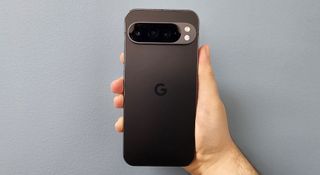
To be fair, Google has squandered one of the most competitive aspects of the Pixel range. A modest price increase for the Pixel 8 and Pixel 8 Pro in 2023, followed by another price increase in 2024 for the Pixel 9 and Pixel 9 Pro XL (spurred by the introduction of the Pixel 9 Pro as a separate device from the Pro XL) has made the phone noticeably less competitive on price.
Keep in mind that Google’s proprietary Tensor processors — now the Tensor G4 chip in the latest phones — are historically less powerful than their competitors from Apple and Samsung. This performance gap was previously alleviated by much lower cost, but is now exasperated by costs that put it in a more heated rivalry with those other companies. Most people probably wouldn’t notice a performance gap, but it’s something that might irritate power users who run very demanding apps or play graphics-intensive games.
Google has also opted not to release a “Titanium” model, bucking the trend set by Apple with the iPhone 15 Pro and followed by Samsung with the Galaxy S24 Ultra. Unlike Samsung’s higher-end models, which also followed suit with a price hike, there’s also no vapor cooling chamber to speak of and a notable lack of UFS 4.0 storage (Google uses 3.1), resulting in slower read/write speeds compared to the S24 range.
So that’s where my head is at: If you’re looking to try an Android phone for the first time, I highly recommend the Google Pixel 8a as a starter phone. If you want something more powerful, consider the Pixel 9 for better performance, or the Pixel 9 Pro and Pixel 9 Pro XL for better photography.
If you are comfortable with the Android world, I highly recommend the Samsung Galaxy S24 range of phones or many other phones.

